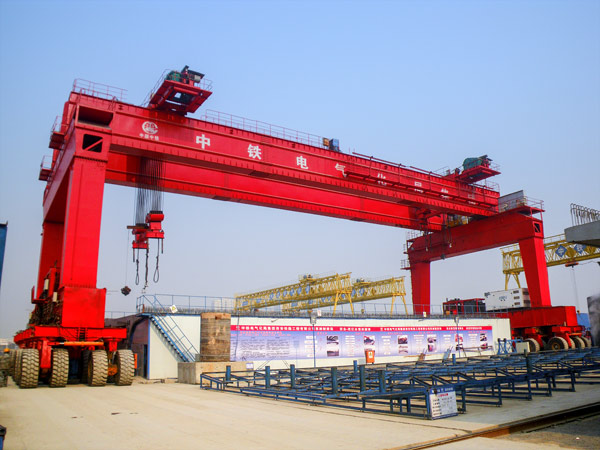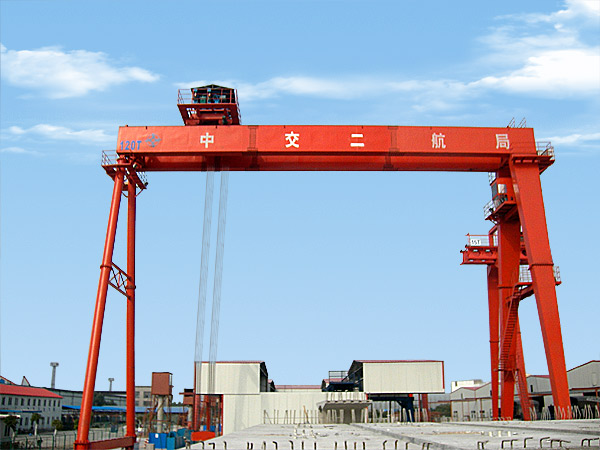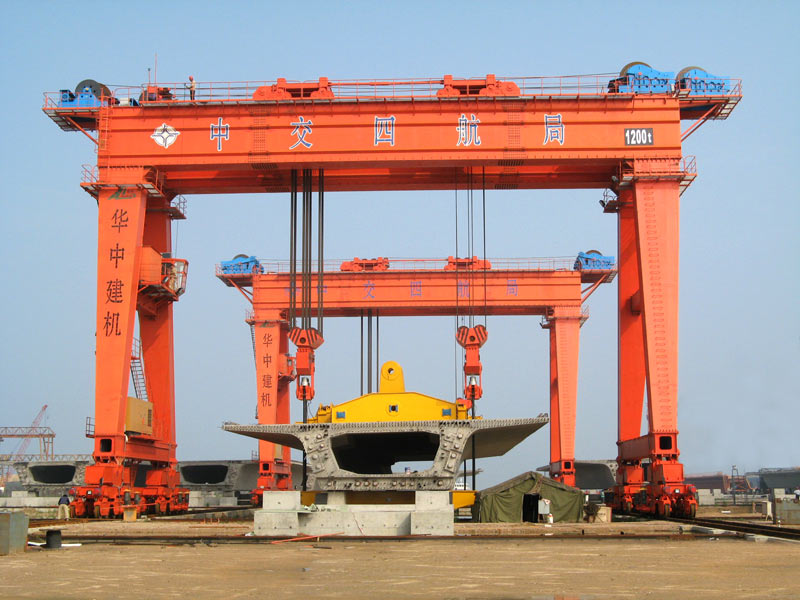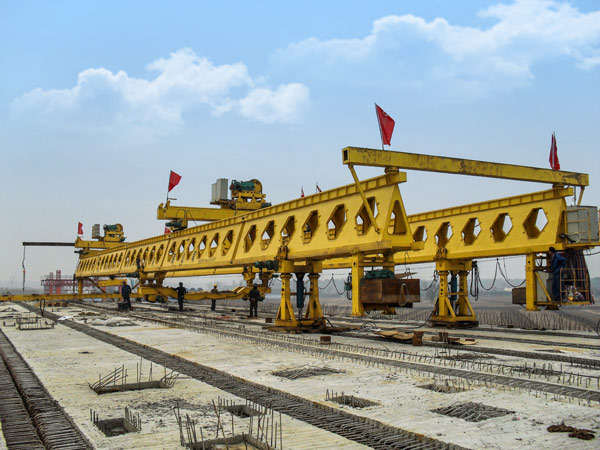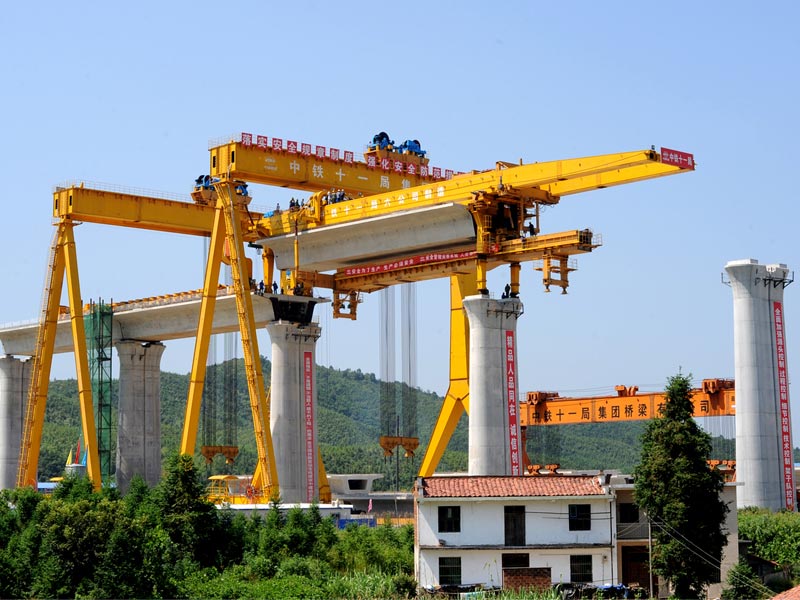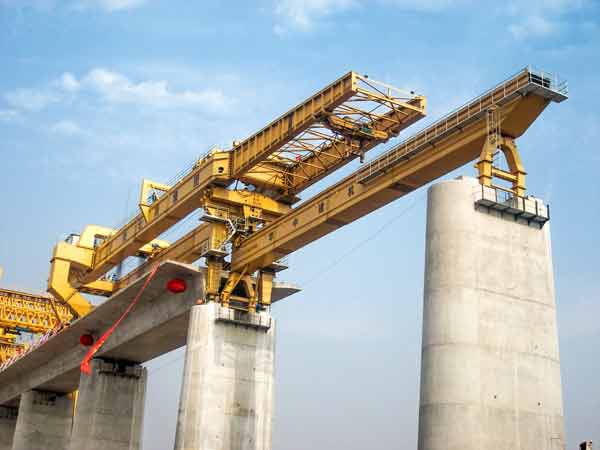Electric System for Gantry Crane
Electric System for Gantry Crane
Electric system for gantry crane includes each control device, guard switchboard, emergency switch, bell button and etc., which is always located in operating cab. When electric system is open-air, please remember to install special rain cover for wiring.Familiar electric control devices are as following:
1. Cam operated valve.
Cam operated valve is used for controlling starting, braking, speed governing, positive and negative rotating, which always fixed up around the window and door of operating cab. It is convenient to look into.
2. Electric resistance.
Electric resistance is installed on the sollar, which lies in the rear of operating cab. Its function is to match controller and magnet control panel and finish starting, speed regulation and braking, etc.
3. Guard switchboard.
Mounted on the rear of operating cab, guard switchboard is used for protecting excess current, zero and limit position of AC motor. It is equipped with excess current relay, master contactor, knife-type switch, fuss and etc.
4. Master controller and magnet control panel.
If motor capacity is oversized and cam controller volume is huge, the operation will be not convenient. Therefore, cam controller should be directly used only when motor capacity is less than 30 KW. Adopted master controller, mounted in the rear of operation room platform, large-tonnage gantry crane can finish remote operation with a magnet controller panel. Inside its hoisting system, there are:
a. Reversing, transposition, acceleration and braking contactor.
b. Over current and voltage relay.
c. Knife-shaped switch and fuse protector.
d. And etc.
5. Limit switch and safety switch.
There is limit switch for traverse and hoisting system of elevator machines to restrict route of all the process. When limit switch are in action, the circuit will cut off and bring to rest.
6. Brake.
a. Brake is made of puller and segmental breaking shelf.
b. While charged with electricity, push rod will rise and pry bar will swing. By adjusting the screw rod, two braking-padded arms will swing outward and compress braking reed to make braking pad leave braking wheel, which is also called brake release.
c. When it is under outage, the thrust of pusher will disappear, pry bar will go back to the normal position, braking arm will swing inwards and make braking segments hold braking wheels together until tightly. So it is called band-type brake and can finish a braking function.


